
Eb major scale (E flat major) YouTube
The E major scale is a diatonic scale, meaning it consists of seven distinct pitches with a specific pattern of whole and half steps. Notes in the E Major Scale. Here are the notes that make up the E major scale: E (the root note) F# (a whole step from E) G# (a whole step from F#)
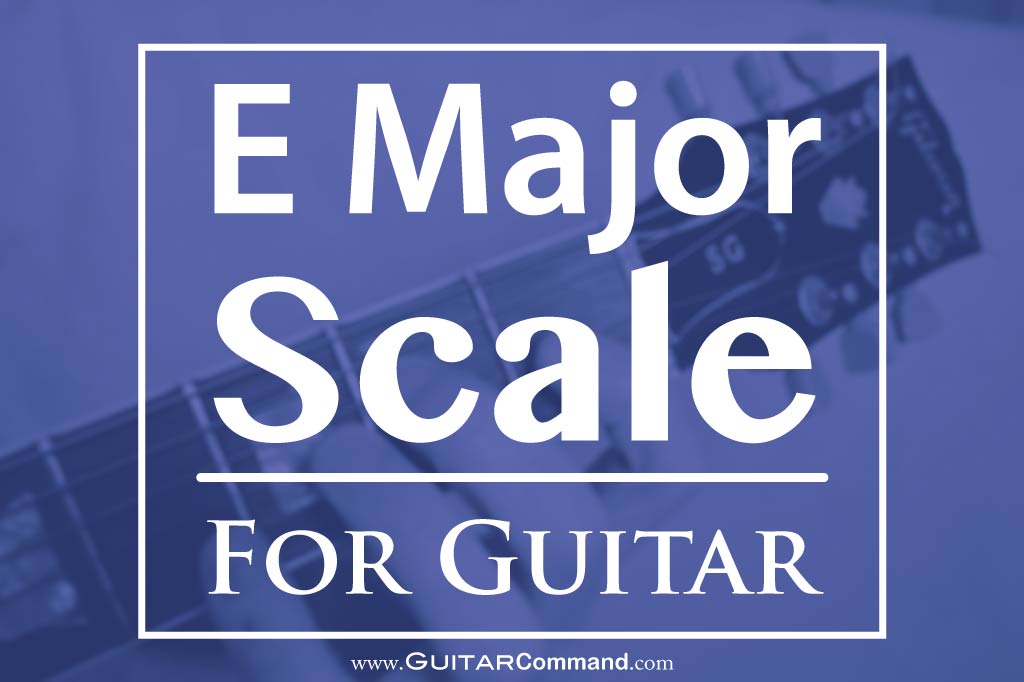
E Major Scale Beginning In Octave 5 Foto Kolekcija
The Key Signature of E Major. Now that you know the E major scale on piano, it also means you know the key of E major. This is great! And something you should remember. The key of E has 4 sharps: F#, C#, G#, D#. You have the beginning of the sharps saying which is Father Charles Goes Down.(The full saying is Father Charles Goes Down And Ends Battle - this is the order of the sharps.)

E Minor Chords How To Play & Build Them Music Maker Gear
The E major scale is a diatonic scale consisting of the pitches E, F♯, G♯, A, B, C♯ and D♯. Its relative minor is C ♯ minor. The E major scale has a key signature of 4 sharps: F ♯, C ♯, G ♯ and D ♯. The key of E major is closely related to the key of A major and the key of B major. → go to all major & minor scales.
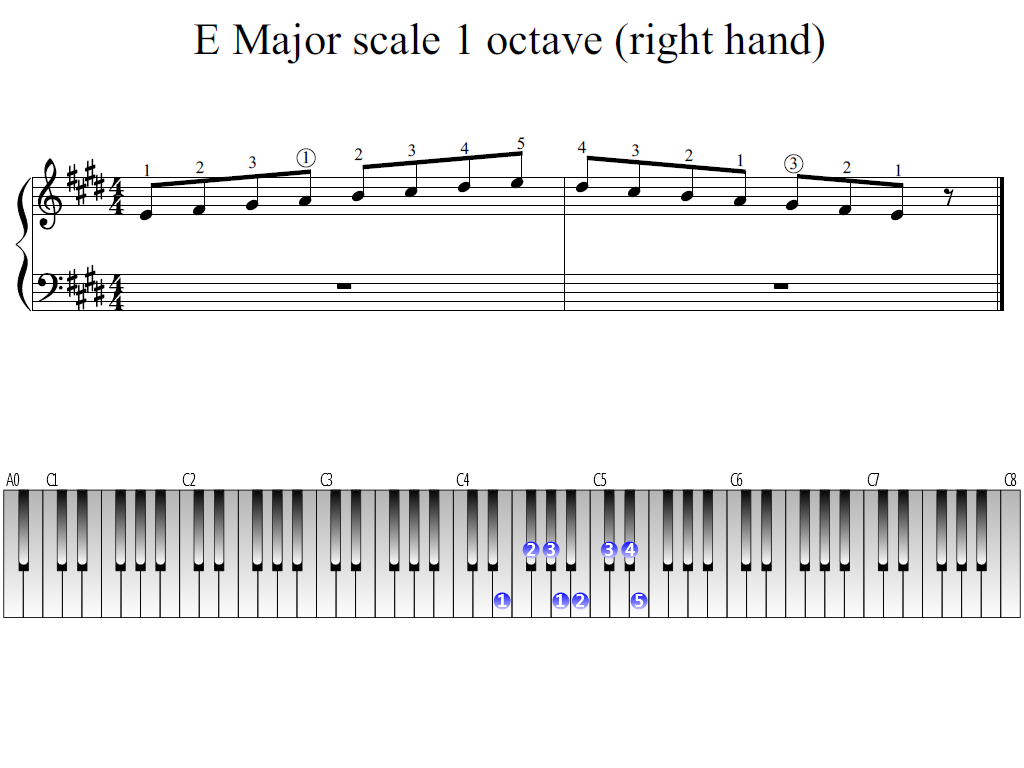
E Major scale 1 octave (right hand) Piano Fingering Figures
There is a pattern to a Major scale that makes learning a scale easier. This pattern consists of whole steps and half steps. To move up (or down) a scale, you take either a whole step or half a step. A whole step is 2 notes, and a half step is 1 note. Chords in the E Major Scale
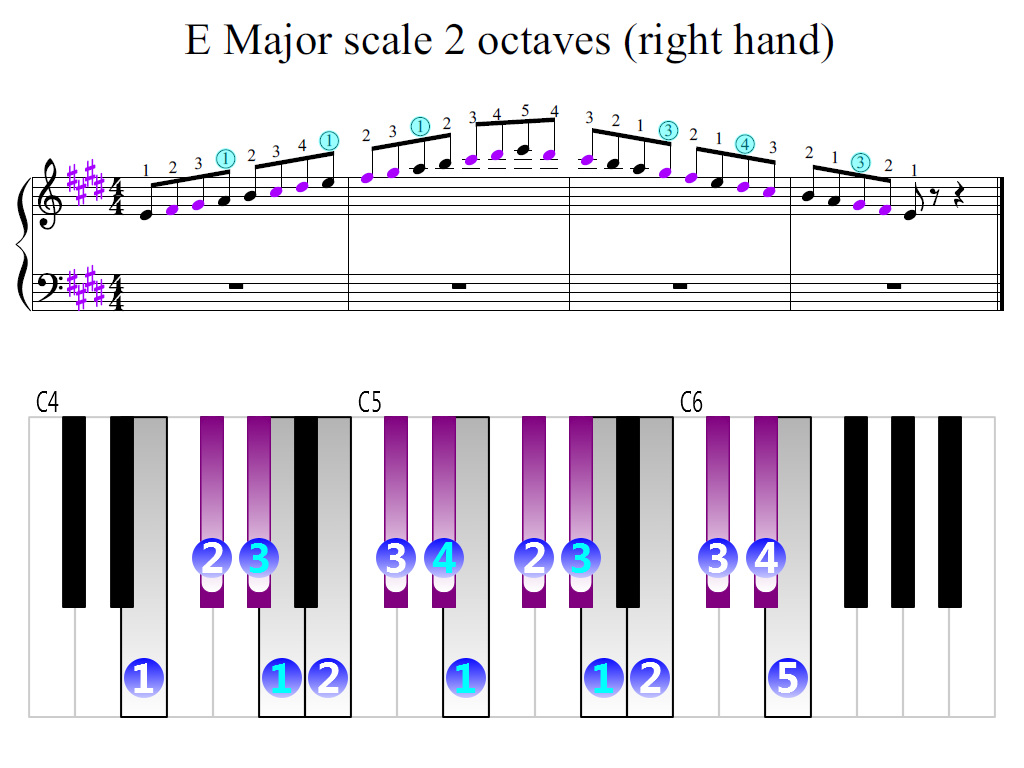
E Major scale 2 octaves (right hand) Piano Fingering Figures
#scales #guitar Sections How To Play E Major Guitar Scale Open Position | Guitar Scales | Fender Play Watch on Lesson: Playing the E Major Scale on Guitar Memorizing scales -- like the E major scale -- and various ways to play them, can help expand your knowledge of music theory.
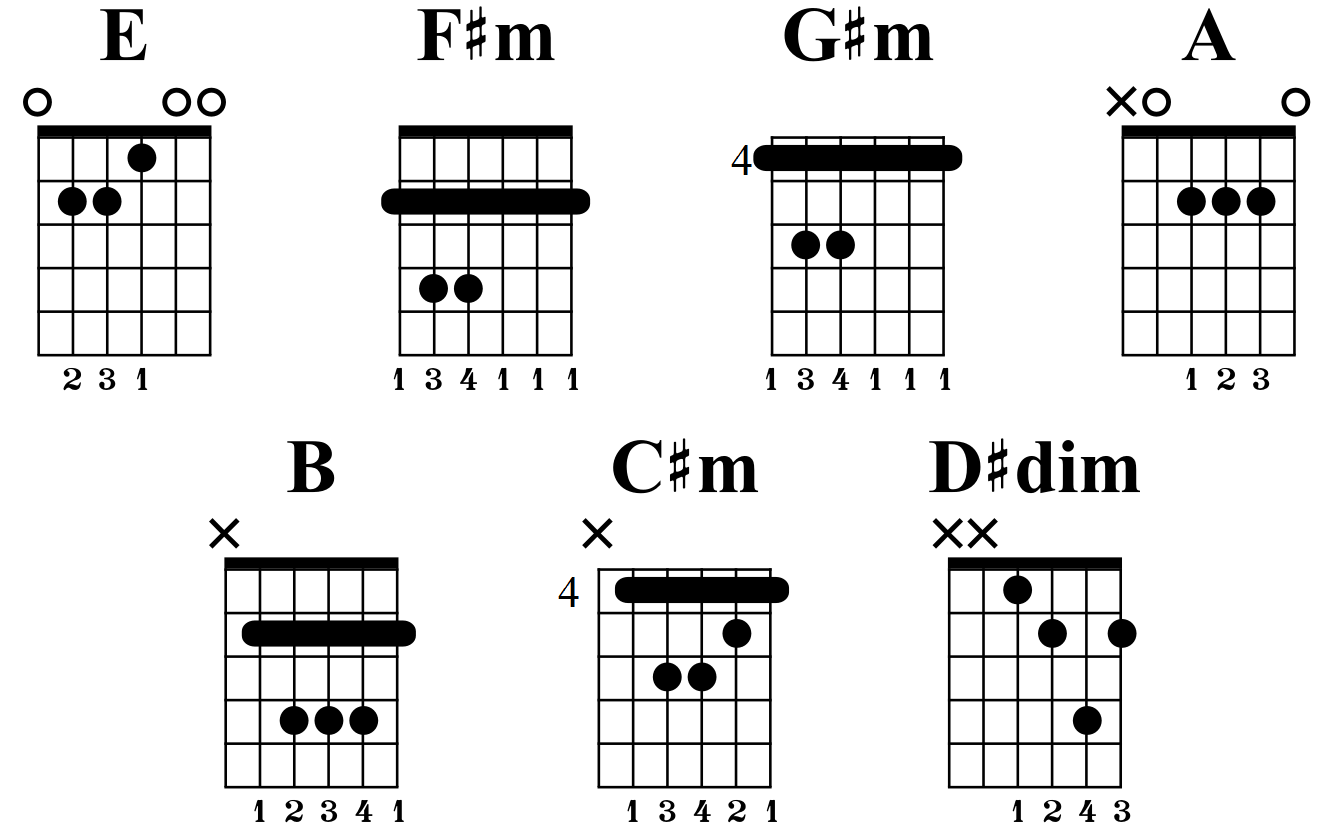
E Major Scale Fretboard Diagrams, Chords, Notes and Charts Guitar
From the starting note, any major scale is built by going whole step - whole step - half step - whole step - whole step - whole step - half step. For the right hand, place your right hand thumb on E. Next, go up a whole step to F#, a black key, and play with finger 2. Another whole step with 3 takes us to the black key G# (or mi.

E Major Scale
E major scale This step shows the ascending E major scale on the piano, treble clef and bass clef. It also shows the scale degree chart for all 8 notes. The E major scale has 4 sharps. This major scale key is on the Circle of 5ths - E major on circle of 5ths, which means that it is a commonly used major scale key.

The Major Scale learn with Serlo!
The E Major Scale is a fairly common scale you'll see used on a lot of popular songs. It may not be as common as E Minor (G Major), but it's a good scale to learn on guitar. This guide covers open chords, note positions on a fretboard diagram, popular songs in E Major, and everything else you might want to know about the scale.
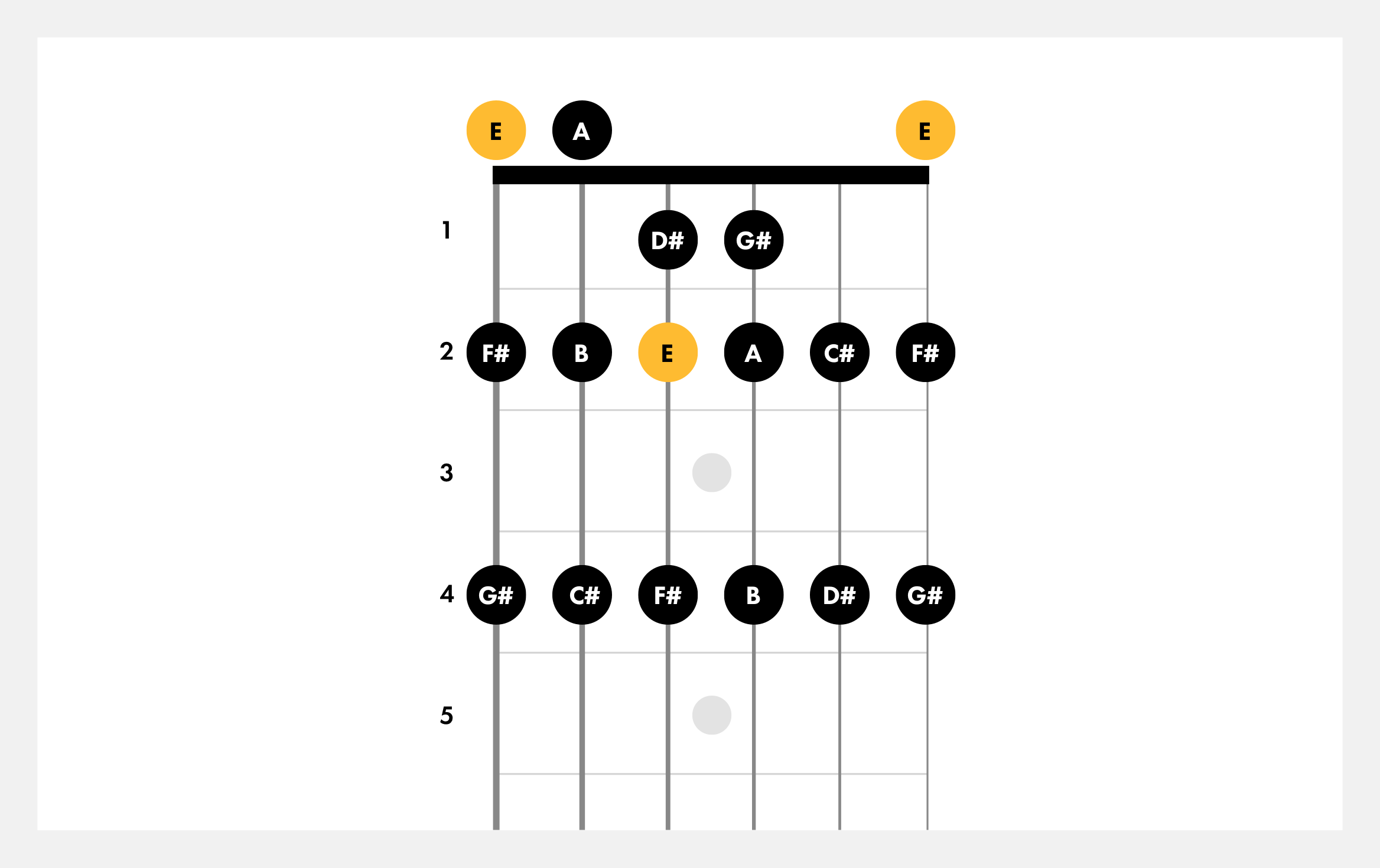
Learn How to Play the E Major Scale on Guitar Fender
Scale degree chords Tonic - E major Supertonic - F-sharp minor Mediant - G-sharp minor Subdominant - A major Dominant - B major Submediant - C-sharp minor Leading-tone - D-sharp diminished Music in E major Antonio Vivaldi used this key for the "Spring" concerto from The Four Seasons .

A Major Scale Bass Cleff arabiangallery
An E major scale comprises the following notes: E, F#, G#, A, B, C#, D#, and E (octave). You'll likely practice this scale from the root note — E — to the octave, but I recommend running it from bottom to top from each of the notes. When you treat those notes like roots, you practice alternative scales to E major, including several minor keys.

E Major Scale and Key Signature The Key of E Major YouTube
E major scale Virtually nobody gets excited about learning piano scales. But as you learn each scale, you start to get a feel for the distinctive sounds and moods of each key. Plus, it's a great way to sharpen your technique. Today, we'll be taking a look at the E major scale. Getting to Know the E Major Scale

E major scale guitar AmarGuitar
E Major Scale In this lesson we will learn how to play the E major scale. We will take a look at the notes of this scale, its intervals, degrees, modes, relative minor, diatonic triads, fingering and more. We will take a look at diagrams of this scale on the piano keyboard, treble and bass clef.

Best E Minor Scale Guitar Archives Bradley Fish
The E Major is a seven-note scale. Notes are displayed in the fingerboard diagram with blue color with the root notes indicated by darker color. The root notes are always E tones. In the two-octave pattern, the first root note is on the 6th string, 12th fret. Full fretboard E Major 2 octaves
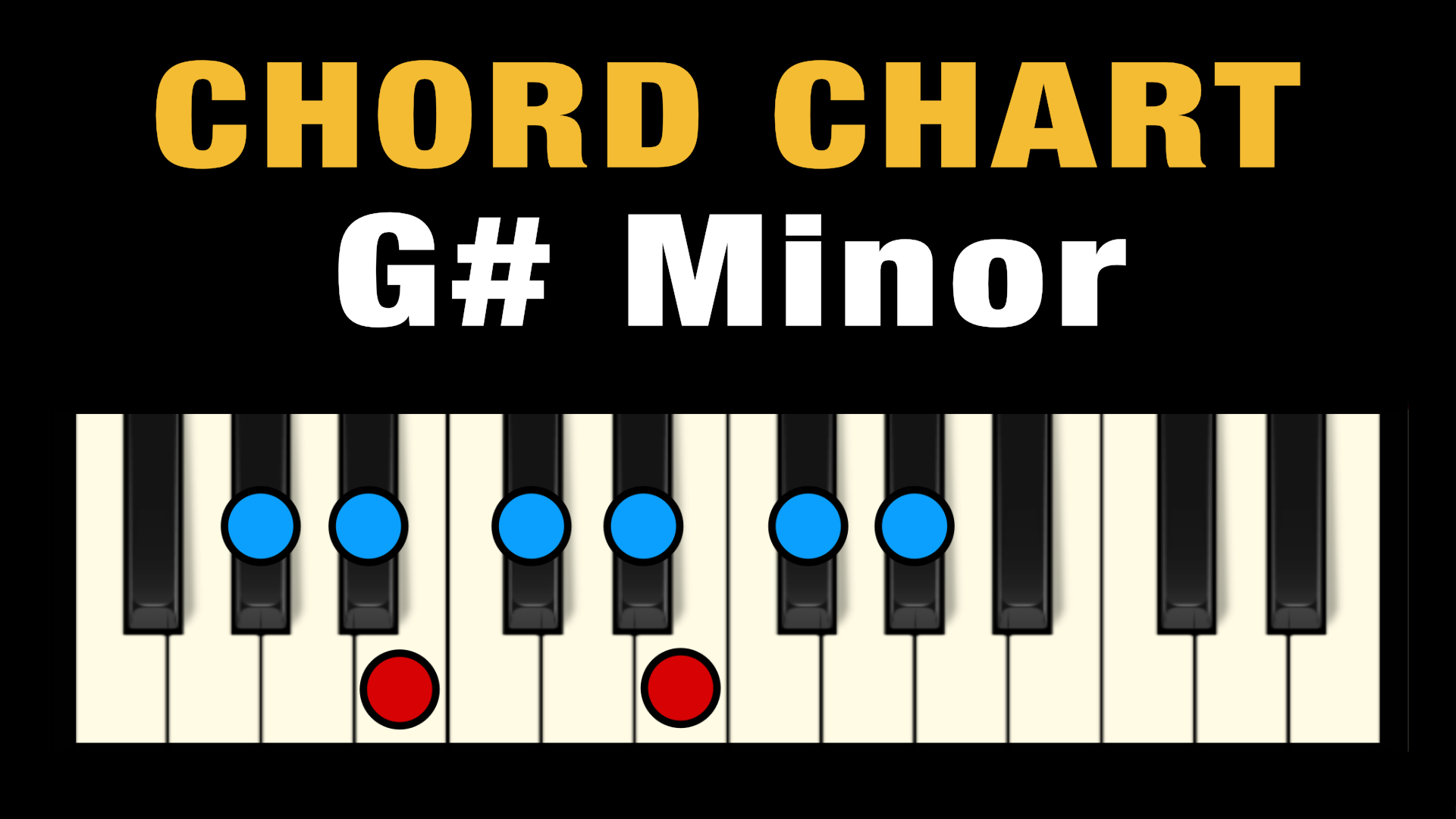
Chords in G Minor (Free Chart) Professional Composers
The E major scale contains 4 sharps: F#, G#, C#, and D#. The scale of a piece of music is usually indicated by a key signature, a symbol that flattens or sharpens specific lines or spaces on the staff.
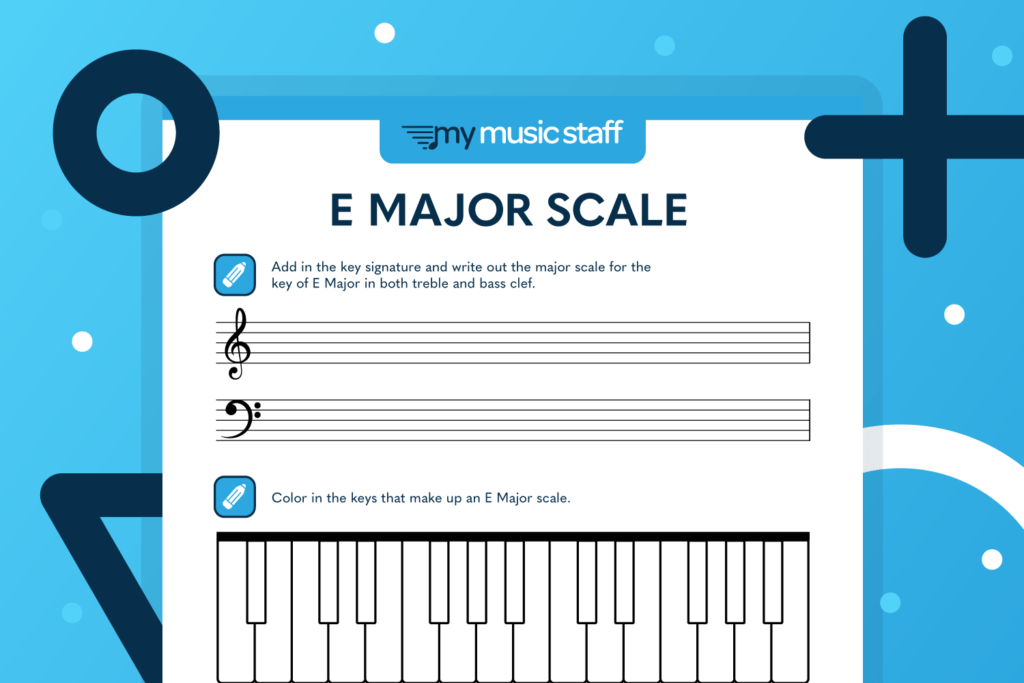
E Major Scale My Music Staff Resources
Chord I, E major consists of the notes, E - G# - B, while E major seventh consists of the notes, E - G# - B - D#. Chord ii, F# minor consists of the notes, F# - A - C#. F# minor seventh consists of the notes, F# - A - C# - E. Chord iii, G# minor contains the notes, G# - B - D#. G# minor seventh contains the notes, G# - B - D# - F#.
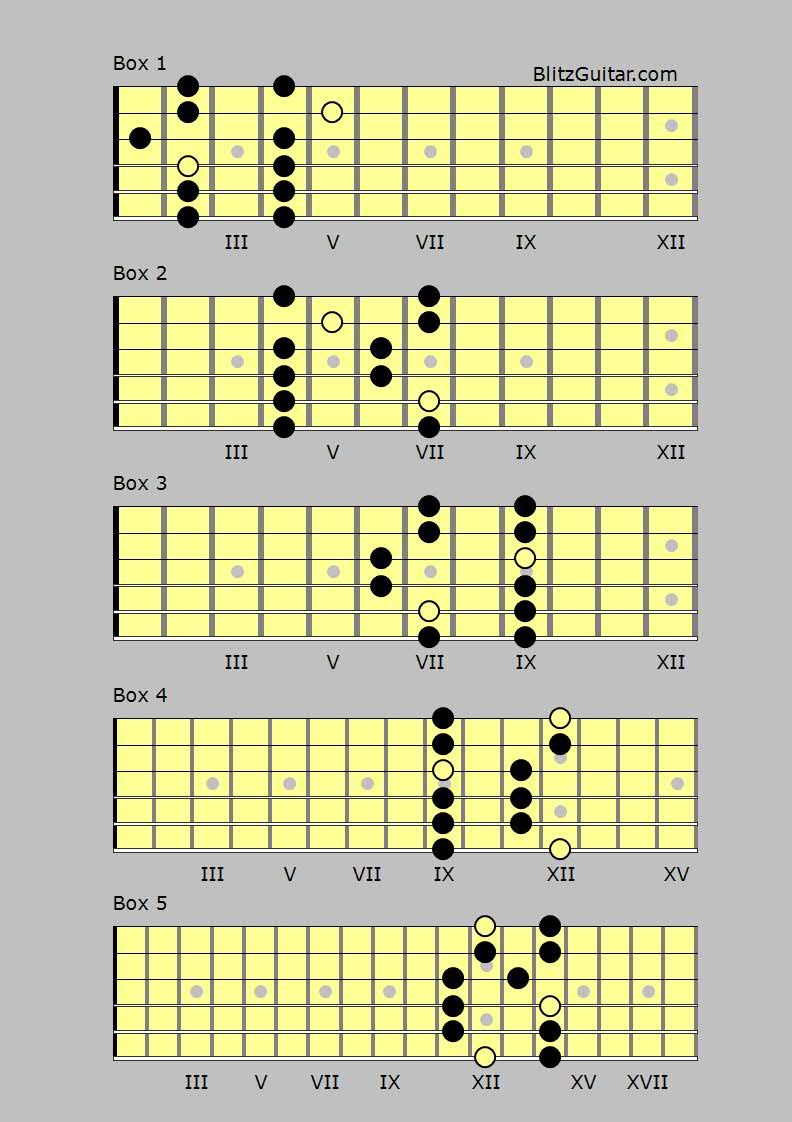
E Major pentatonic FINGERSTYLE GUITAR LESSONS
Jade has been helping people learn music theory for more than 10 years from pre school children all the way to degree level studies. The E Major scale has four sharps, F#, C#, G#, D#. It's the four sharp major scale in the circle of fifths and its relative minor is C# Minor.